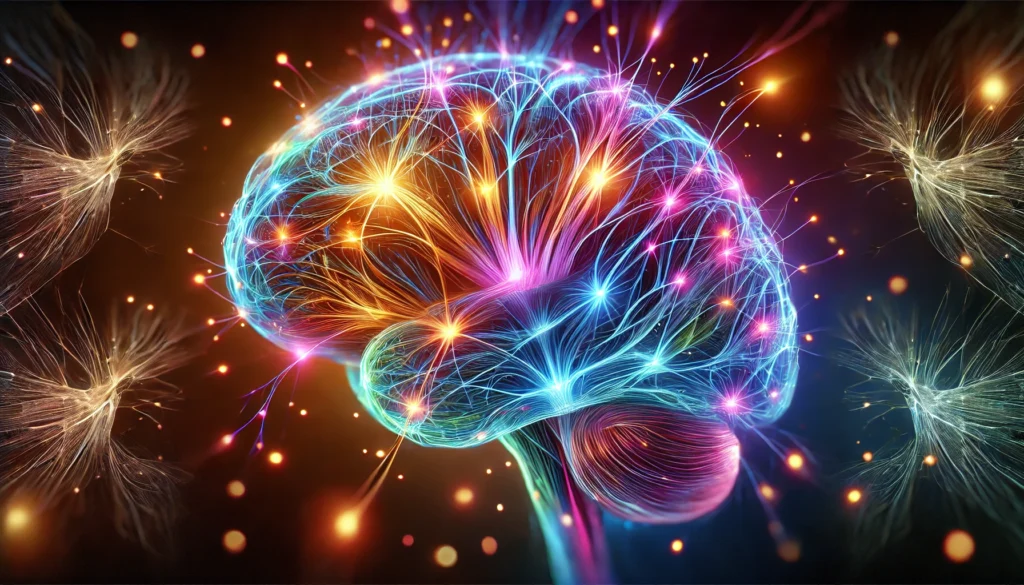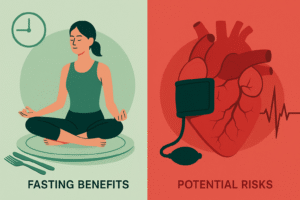Think of your brain as a dynamic map, constantly evolving and adjusting to new experiences and knowledge. This ability of the brain to reorganize itself, both physically and functionally, is known as neuroplasticity. Whether it’s mastering a new language or learning to play an instrument, neuroplasticity is at the core of every skill we acquire and every piece of information we retain.
In this blog, we’ll delve into the intriguing connection between neuroplasticity and how we learn and store memories. looking into how our brains change as we absorb information, and why this ability is crucial for personal growth and recovery from injury.
What is Neuroplasticity?
Neuroplasticity, also known as brain plasticity, refers to the brain’s ability to change and adapt in response to new experiences, learning, or injuries. In simpler terms, it’s the process by which your brain rewires itself. Unlike earlier assumptions that the brain becomes fixed after childhood, modern research has shown that our brains remain dynamic throughout our lives. This is why you can still learn new skills, develop new habits, and recover from brain damage, even in adulthood.
Types of Neuroplasticity
There are two main types of neuroplasticity:
Functional Plasticity: This occurs when one part of the brain takes over functions from a damaged area. For example, stroke survivors often relearn skills like walking or talking by using different parts of the brain.
Structural Plasticity: This type refers to the brain’s ability to physically change its structure in response to learning. When you practice a skill repeatedly, such as learning an instrument or speaking a different language, your brain creates new neural pathways, reinforcing those that support the activity.

Neuroplasticity in Learning
Have you ever wondered why it takes time to master a new skill or memorize new information? The answer lies in neuroplasticity. When you learn something new, your brain forms new neural pathways. The more you practice, the stronger these pathways become, making the task easier over time.
For instance, when you first learn to ride a bicycle, it’s difficult because your brain hasn’t yet established the connections needed for balance, coordination, and movement. However, with practice, these connections strengthen, and eventually, riding a bike becomes second nature.
Neuroplasticity in Memory
Memory, like learning, is heavily dependent on neuroplasticity. There are two main types of memory:
Short-Term Memory (STM): This is your brain’s temporary storage, holding information for a few seconds to a minute. Think of it like a notepad where you jot down a phone number just long enough to dial it.
Long-Term Memory (LTM): Long-term memory is where your brain stores information for extended periods, sometimes even a lifetime.
Neuroplasticity is vital for transferring information from short-term memory to long-term memory, a process known as consolidation. For example, when you’re studying for an exam, repeated review and recall of information help your brain strengthen the neural connections required to store that information in long-term memory.
Examples of Neuroplasticity in Action
Language Learning: Studies indicate that individuals who pick up a second language tend to have more dense gray matter in brain regions responsible for language processing. This is a direct result of neuroplasticity at work as the brain forms new pathways to accommodate the new language.
London Taxi Drivers: A famous study on London taxi drivers showed that their hippocampus, the part of the brain involved in spatial navigation, was larger than average. This enlargement occurred as they memorized the complex layout of London’s streets, further proving how neuroplasticity enhances memory.
Neuroplasticity and Recovery from Brain Injury
One of the most remarkable examples of neuroplasticity is its role in recovery after brain injuries like strokes or traumatic brain injuries (TBI). Following such injuries, unaffected parts of the brain often compensate for the damaged areas. For instance, people who lose the ability to speak due to damage in one part of the brain can sometimes relearn to communicate using different neural pathways.
The Role of Neuroplasticity in Mental Health
Neuroplasticity is also linked to mental health. For people dealing with anxiety, depression, or PTSD (post-traumatic stress disorder), brain imaging studies have shown that certain areas of the brain are less active or show abnormal activity. Through neuroplasticity-based therapies, like cognitive behavioural therapy (CBT) or mindfulness practices, the brain can be “rewired” to reduce symptoms and improve mental well-being.
The Role of Practice and Consistency in Enhancing Neuroplasticity
Just like building muscle, neuroplasticity requires consistent effort. Practicing a new skill regularly encourages your brain to develop new connections. That’s why daily practice in learning a new language, playing an instrument, or even meditating can dramatically improve performance over time.
Case Study: The Power of Repetition in Musicians
Professional musicians often show enhanced neuroplasticity, particularly in areas of the brain responsible for motor control, hearing, and visual-spatial skills. Violinists, for example, have greater development in the part of the brain that controls the left hand, which is used to finger the violin strings.
Conclusion
Neuroplasticity is a powerful force that shapes how we learn, remember, and even recover from injuries. By embracing the brain’s ability to adapt and rewire, we can continuously improve ourselves, whether it’s through learning new skills or overcoming challenges. So, the next time you find yourself struggling to learn something new, remember that your brain is working behind the scenes, forming new connections that will make the task easier with time.
Call to Action: Take a few moments today to engage in an activity that challenges your brain, like solving a puzzle, learning a new word, or practising mindfulness. Small efforts add up, and your brain will thank you for it!
Author’s Note
As a lifelong learner, I’ve always been fascinated by the brain’s adaptability. Understanding neuroplasticity has helped me realize the potential within all of us to grow and overcome obstacles. I hope this blog encourages you to keep pushing the limits of your learning abilities and take advantage of your brain’s natural capacity to evolve.
G.C., Ecosociosphere contributor.
References and Further Reading
- How Neuroplasticity Affects Learning – NeuroLeadership Institute
- Neural plasticity Archives – A Health Place. https://ahealthplace.com/tag/neural-plasticity
- Unlock Neuroplasticity In 10 Steps: A Guide To Brain Mastery. https://mindlabneuroscience.com/neuroplasticity/
- Neuroscientists identify brain circuit that integrates head motion with visual signals | Sainsbury Wellcome Centre. https://www.sainsburywellcome.org/web/research-news/neuroscientists-identify-brain-circuit-integrates-head-motion-visual-signals
- A mind snacks – toughpillars.com. https://toughpillars.com/mind-snacks/




